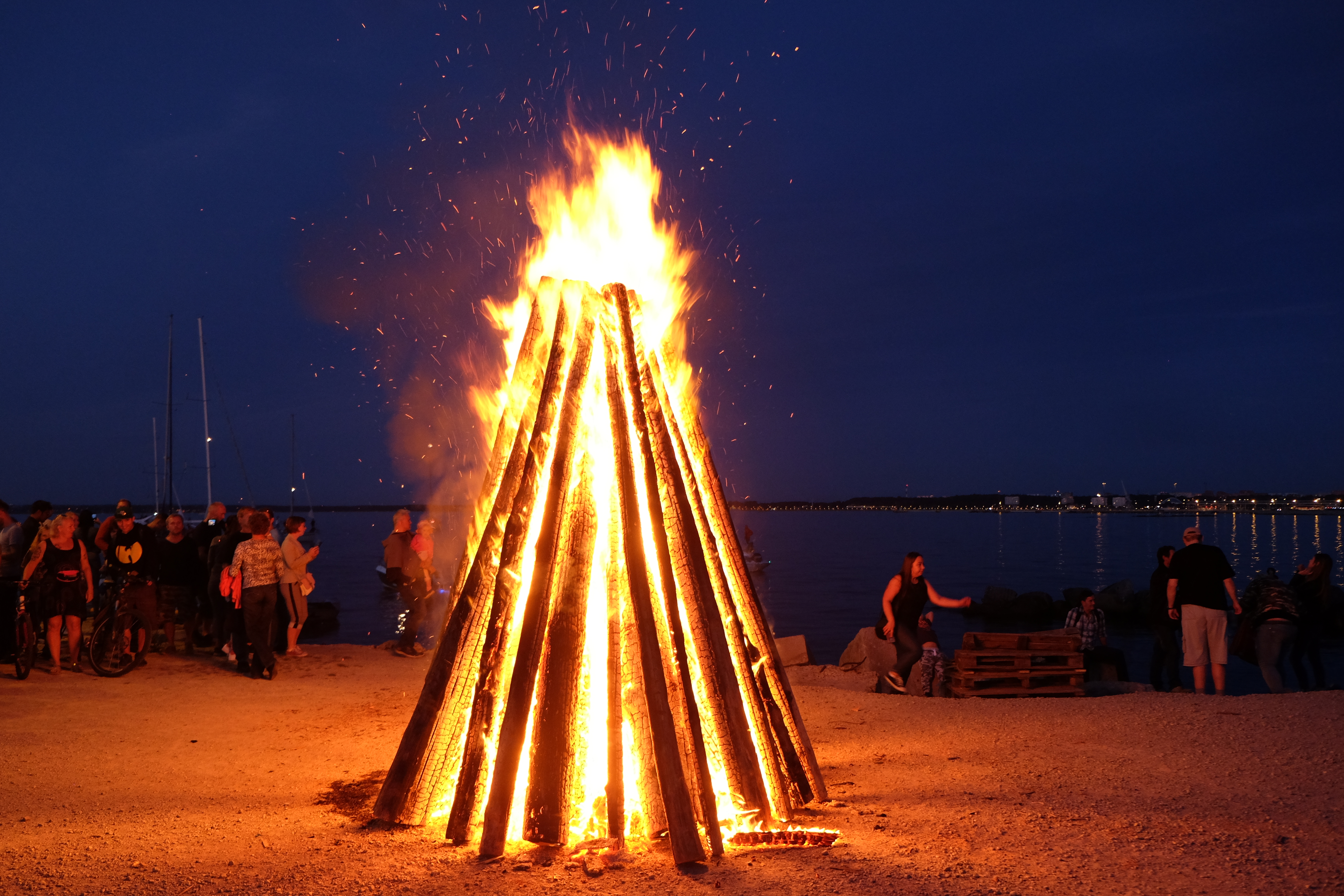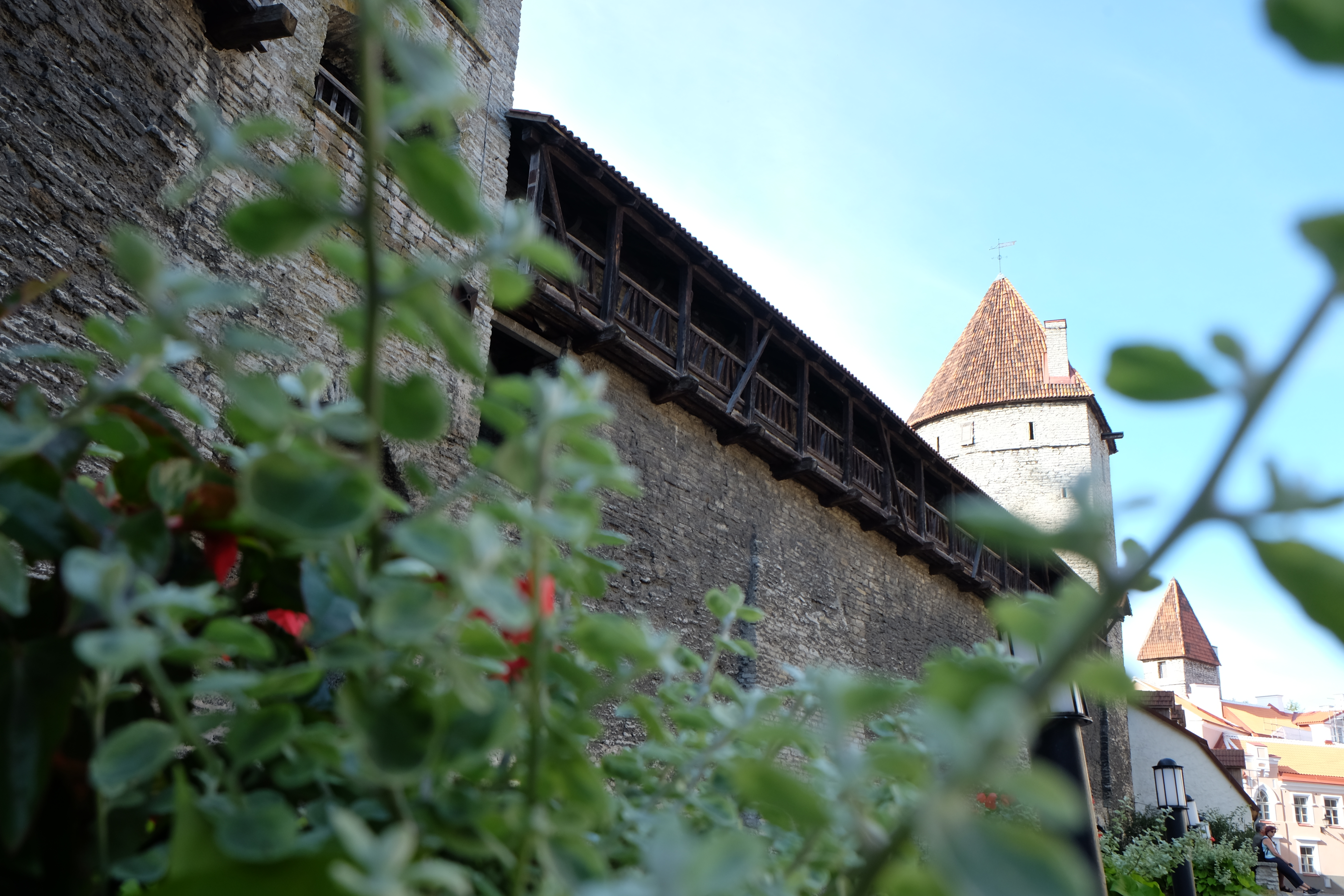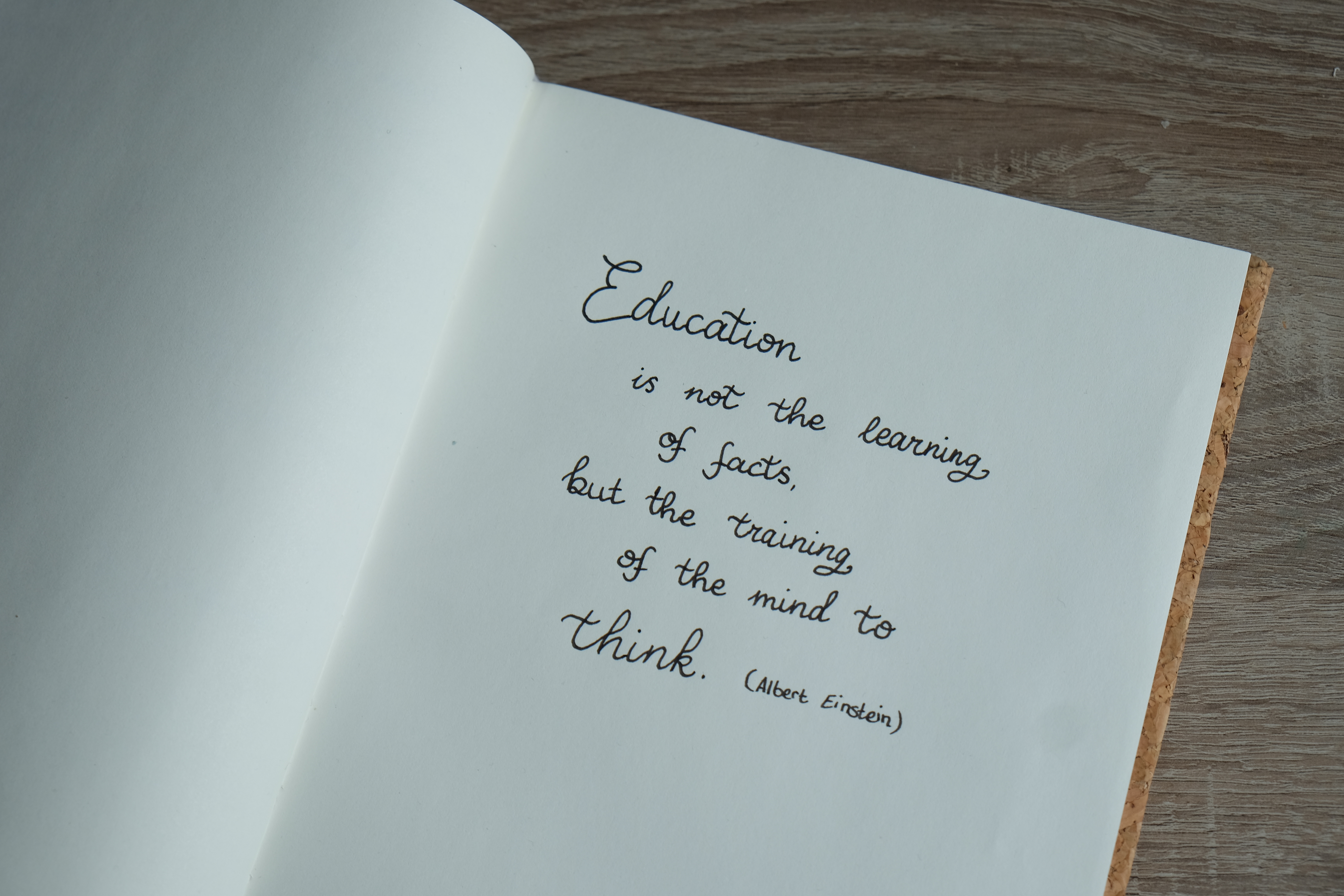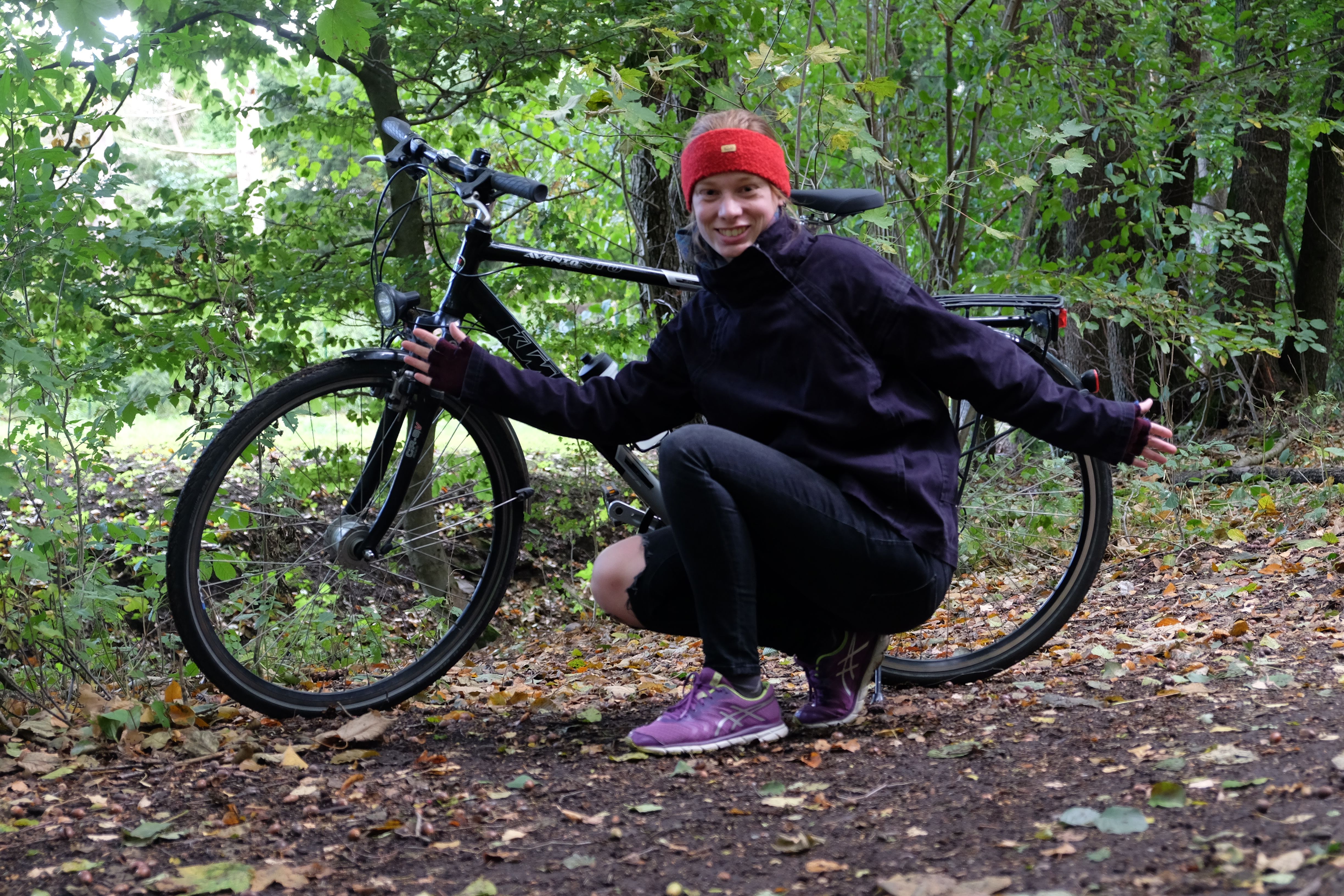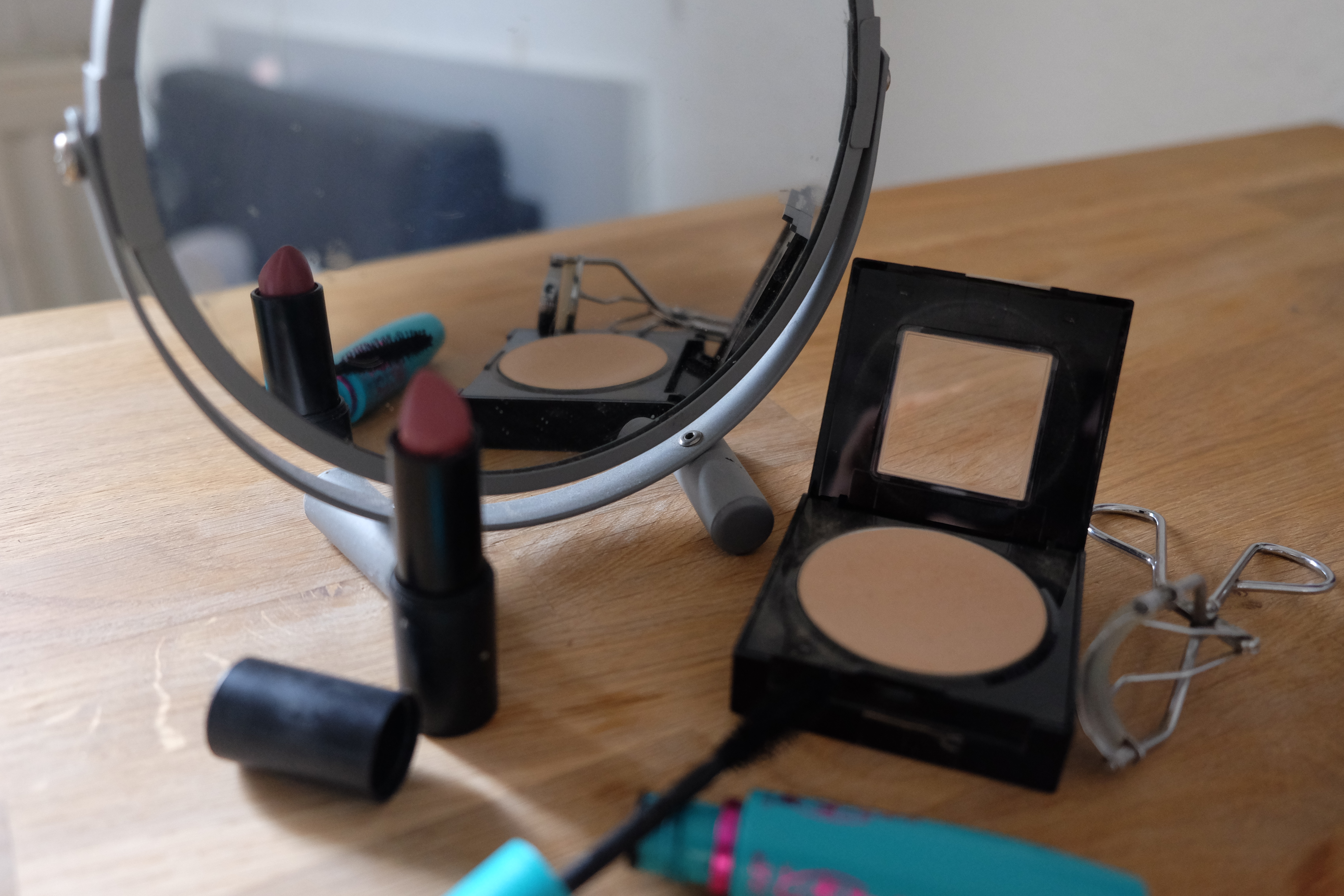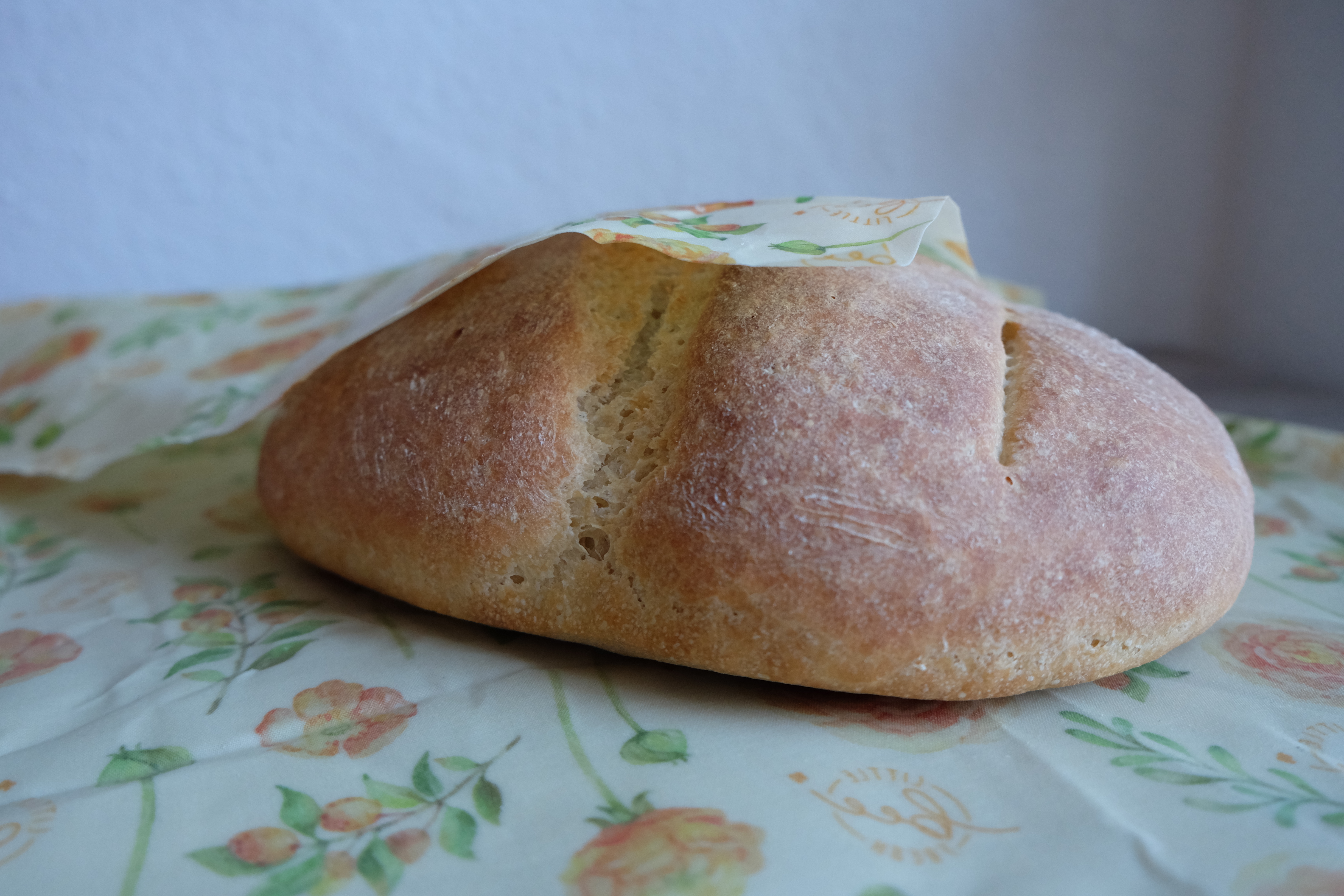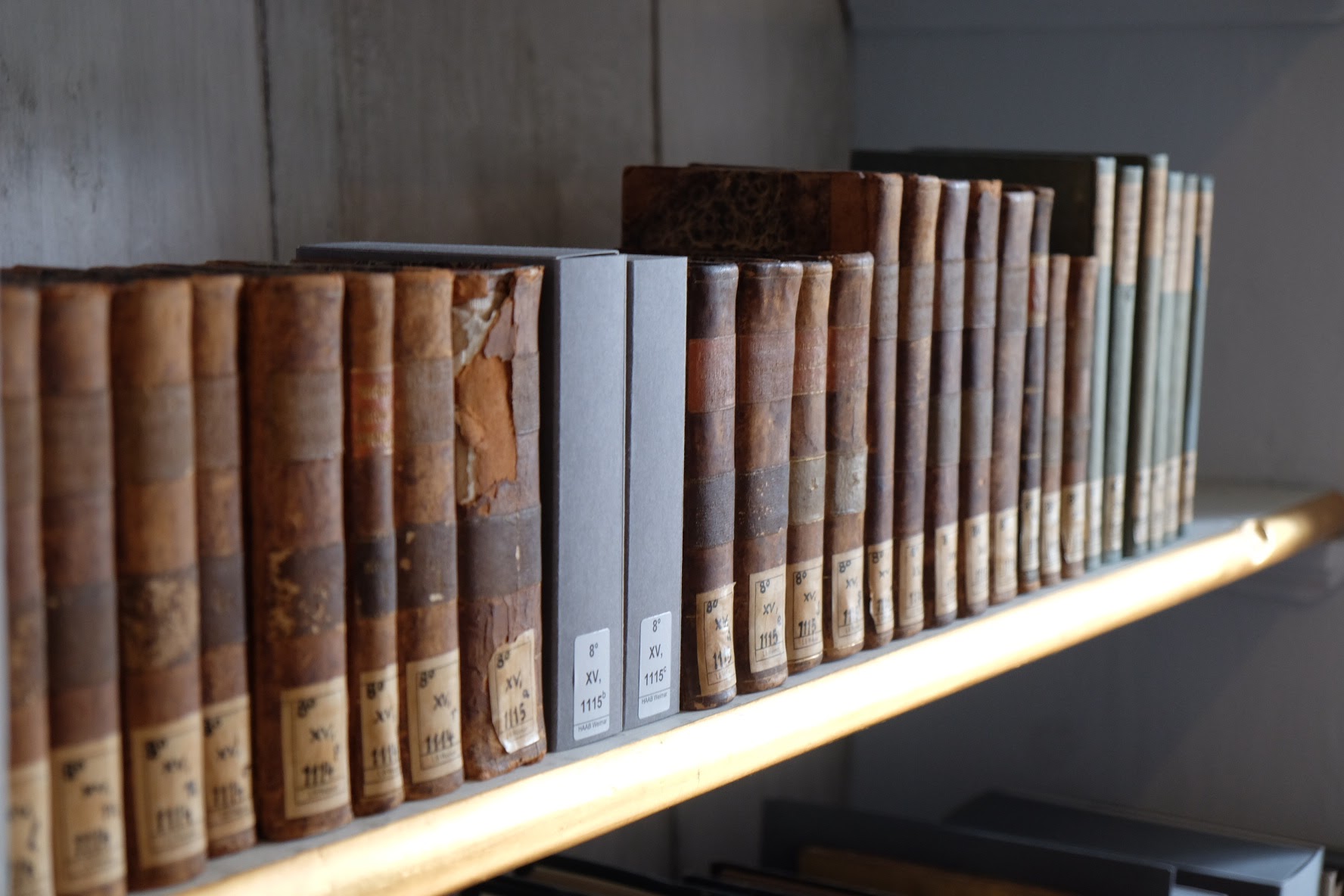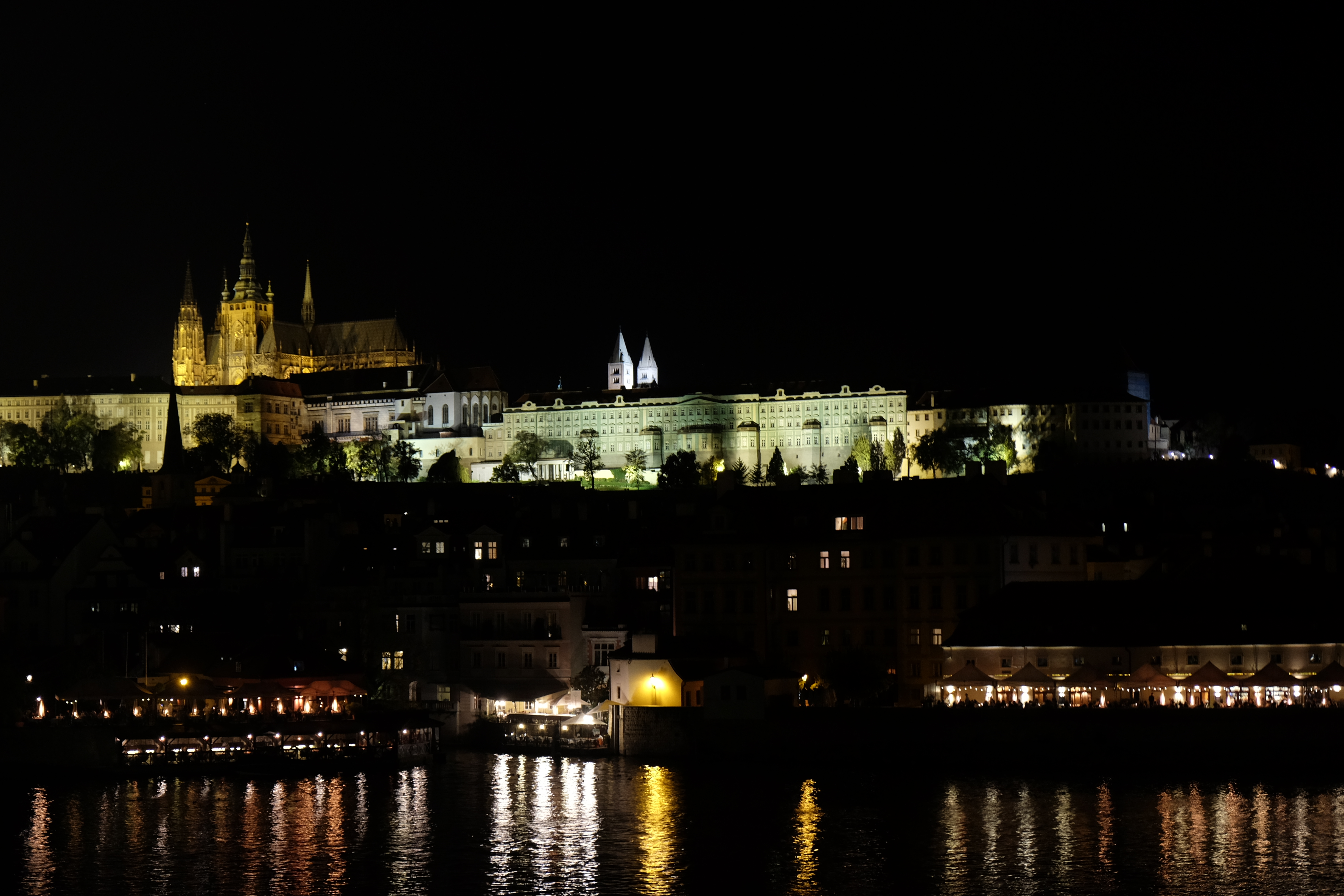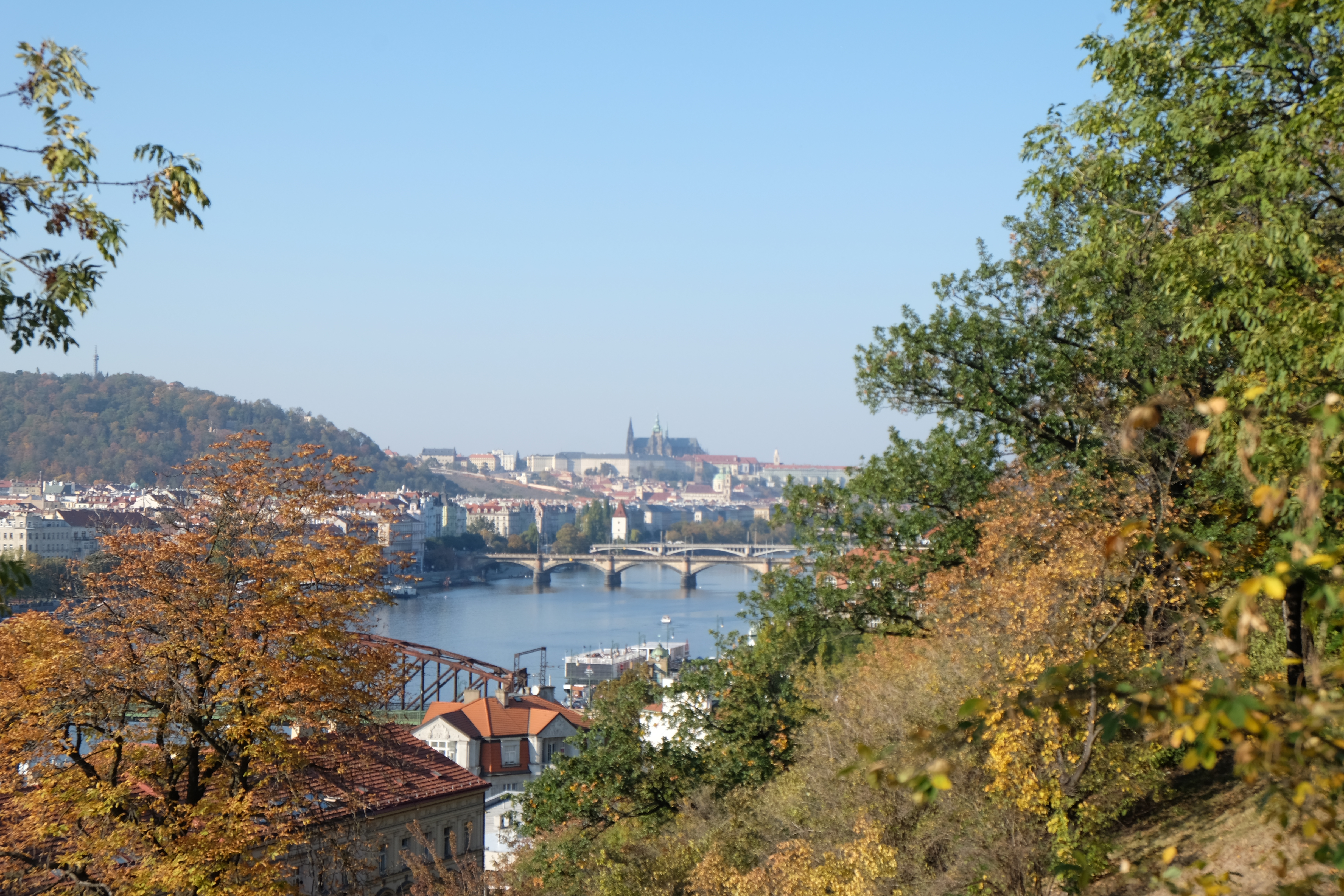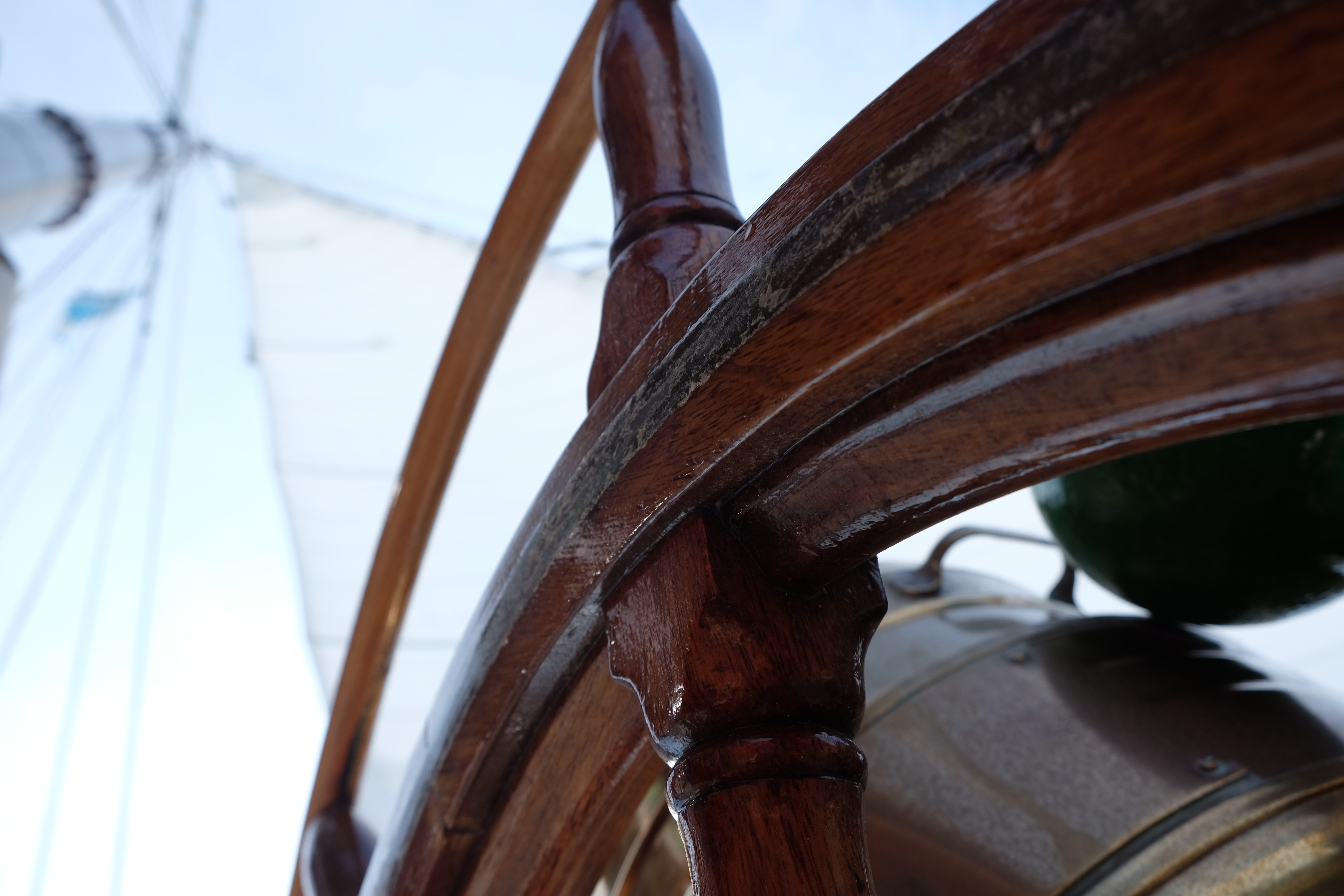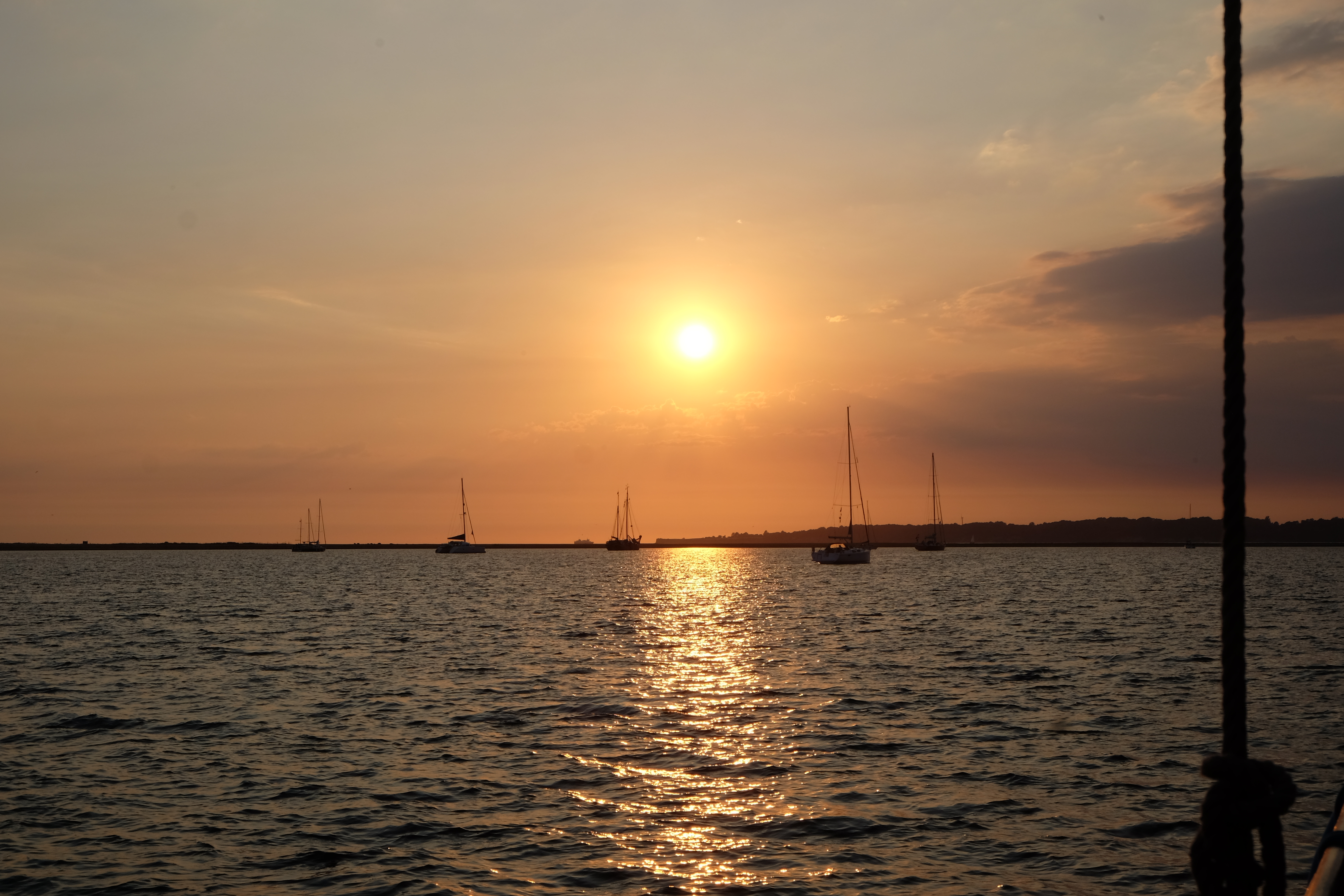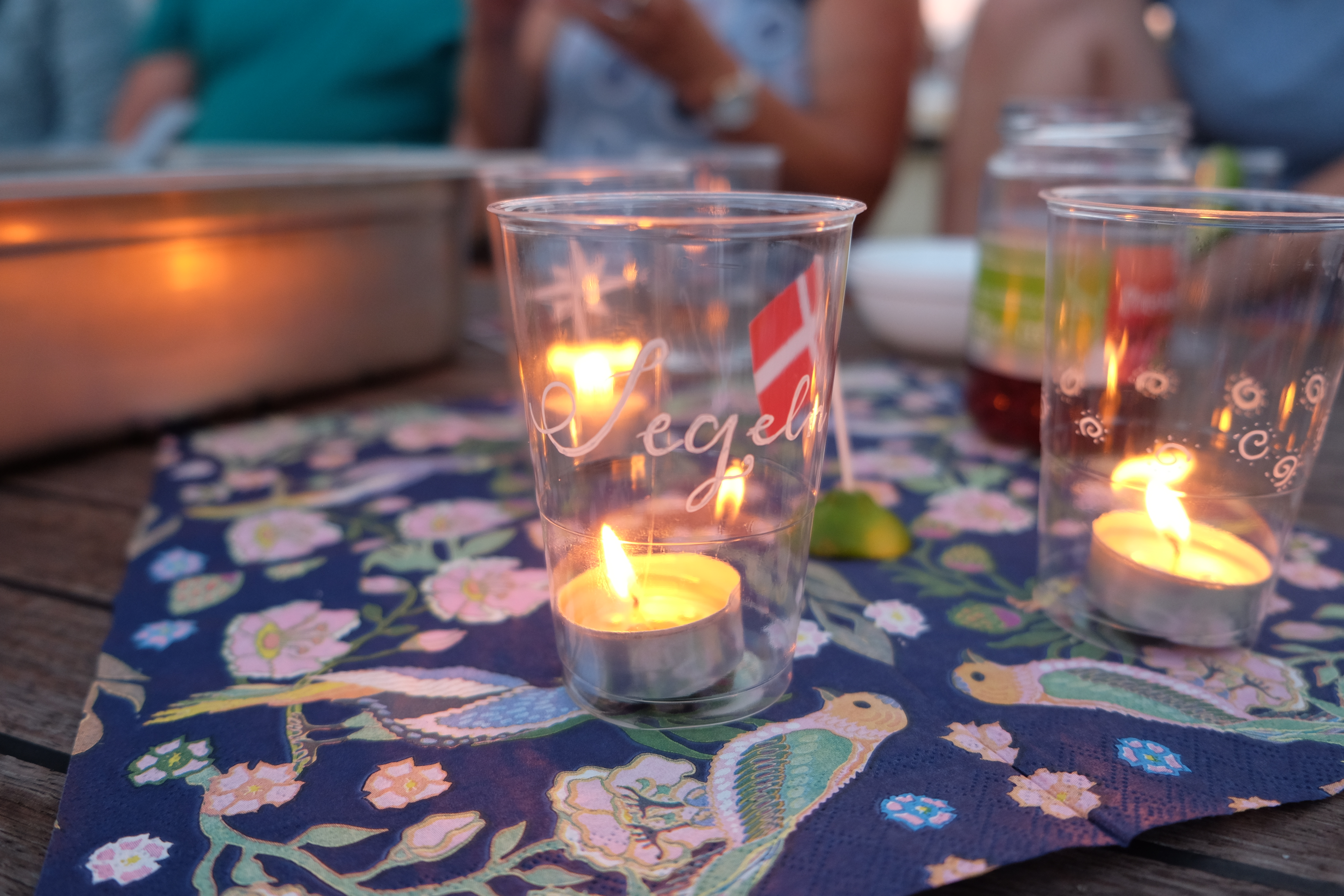Vor gut einer Woche habe ich mich auf den Weg nach Estland begeben, um für ein Semester an einer der Universitäten von Tallinn zu studieren. Glücklicherweise musste ich mich nicht alleine auf den Weg machen, da eine Kommilitonin sich auch für Tallinn entschieden hat.
Unser Flug ging also am vergangenen Samstag. In Tallinn angekommen bezogen wir unsere Zimmer und machten uns dann auf den Weg zum Meer, gingen zwischendrin noch kurz einkaufen, um am Strand zu picknicken. Der Weg zum Meer führt durchs Industriegebiet, zwischendrin bekommt man den Eindruck, in einem Dorf zu sein und kann tradtionelle holzverkleidete Häuser und wilde Gärten bestaunen, bevor dann nach der Überquerung einer großen Straße ein Fußweg in einen Park und ans Meer führt. Bei schönstem Abendlicht genoßen wir also unsere erste Zeit hier. Am Sonntag erkundeten wir dann die Altstadt von Tallinn ein wenig. Warum sie so berühmt ist, wird schnell klar, wenn man dort ist, denn sie ist super schön. Ein altes Haus neben dem nächsten, der Einfluss der Hanse teilweise doch noch recht gut erkennbar, verwinkelte Gassen und überall buntes Treiben. Dadurch aber natürlich auch ziemlich touristisch. Wir nutzten einen der Vorteile von Tallinn und begaben uns wieder ans Meer. Man braucht eigentlich von keinem Punkt in dieser Stadt aus länger als 30 Minuten (zu Fuße versteht sich) ans Meer – zumindest ist das mein aktueller Eindruck.
Am Montag ging dann bereits die Orientierungswoche für internationale Studenten an der Uni los. Das bedeutet viele Infos, was man alles noch machen muss und wie Dinge an der Uni ablaufen. So viel anders, als an meiner deutschen Uni ist es auf den ersten Blick nicht, trotzdem natürlich alles erst einmal etwas verwirrend. Zudem stellten sich auch noch der International Club, ESN Tallinn und die Student Union vor. Der grobe Semesterablauf wurde erklärt und das man als EU-Bürger seinen Wohnsitz in Tallinn melden kann, sodass man den ÖPNV kostenfrei nutzen darf. Was natürlich super praktisch ist, davor allerdings ein wenig Bürokratie bedarf. Denn zuerst braucht man einen Personal Identification Code. Den könnte man – hätte man die Online-Funktion seines Personalausweises aktiviert – sogar online beantragen. Grundsätzlich kann man hier sehr viel online beantragen, man kann sogar online wählen und seine Wahl zwischendrin nochmal verändern, das letzte Ergebnis ist dann die endgültige Wahl, wie uns unser Tourguide gestern erklärt hat.
Neben den Veranstaltungen der Orientierungswoche blieb natürlich auch noch Freizeit, die wir zur Erkundung der Stadt nutzten, indem wir teilweise einfach dorthin liefen, wo es schön aussah. So entdeckten wir zum Beispiel eine Art freiluft Markthalle und dahinter einen Wald, wo wir die Sandhügel erklommen und neben der Aussicht auf Wohnblocks auch noch das Meer sehen konnten. Natürlich durfte auch die ein oder andere Boulder-Session nicht fehlen und nebenbei blieb auch noch etwas Zeit, um andere Veranstaltungen zu besuchen. Das Erasmus Student Network in Tallinn ist zum Glück sehr aktiv und so gab es gestern die Möglichkeit, an einer geführten Tour durch die Altstadt teilzunehmen und dabei ein paar Daten zu erfahren und Teile der Altstadt zu sehen, die von uns noch unentdeckt waren. Aber natürlich auch um zu wissen, wo die Handwerksläden sind, das Marzipan noch traditionell hergestellt und bemalt wird und die weltweit älteste Apotheke, die noch in Betrieb ist, sich befindet. Am Abend war dann die “Night of Ancient Bonfires“, die daran erinnert, dass früher große Feuer an den Stränden der Ostsee entzündet wurden, um den heimkehrenden Seefahrern den Weg zu leiten und sie zu empfangen. Da wir eh in der Stadt waren schauten wir uns das Ganze am Seeflugzeug Hafen an. Bevor das Feuer entzündet wurde, trat eine Acapella-Gruppe auf und es gab eine Feuershow. Die Bühne war auf einem Schiff, welches im Hafen lag, installiert und darüber eine Highline (eine Slackline in doch recht großer Höhe), auf welcher dann noch jemand balancierte und Kunststücke machte. Schließlich dämmerte es bereits und das große Feuer wurde entzündet und verbreitete augenblicklich eine große Hitze. Anschließend gab es nochmal eine Feuershow, bei der die Künstler verschiedene Techniken anwendeten, Elemente aus dem Acro Yoga mit einbanden und jemand nochmal auf einer Slackline Saltos und ähnliches vollführte.
